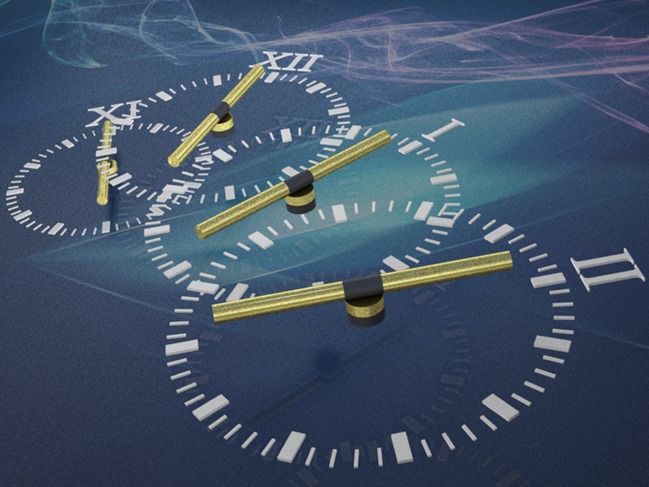- Record: found
- Abstract: found
- Article: not found
Micromotors with Step-Motor Characteristics by Controlled Magnetic Interactions among Assembled Components

Read this article at
Abstract

In this study, we investigated the control of the rotation dynamics of an innovative type of rotary micromotors with desired performances by tuning the magnetic interactions among the assembled micro/nanoscale components. The micromotors are made of metallic nanowires as rotors, patterned magnetic nanodisks as bearings and actuated by external electric fields. The magnetic forces for anchoring the rotors on the bearings play an essential role in the rotation dynamics of the micromotors. By varying the moment, orientation, and dimension of the magnetic components, distinct rotation behaviors can be observed, including repeatable wobbling and rolling in addition to rotation. We understood the rotation behaviors by analytical modeling, designed and realized micromotors with step-motor characteristics. The outcome of this research could inspire the development of high-performance nanomachines assembled from synthetic nanoentities, relevant to nanorobotics, microfluidics, and biomedical research.
Related collections
Most cited references16
- Record: found
- Abstract: found
- Article: not found
A logic-gated nanorobot for targeted transport of molecular payloads.
- Record: found
- Abstract: found
- Article: not found
Rotational actuators based on carbon nanotubes.
- Record: found
- Abstract: found
- Article: not found
